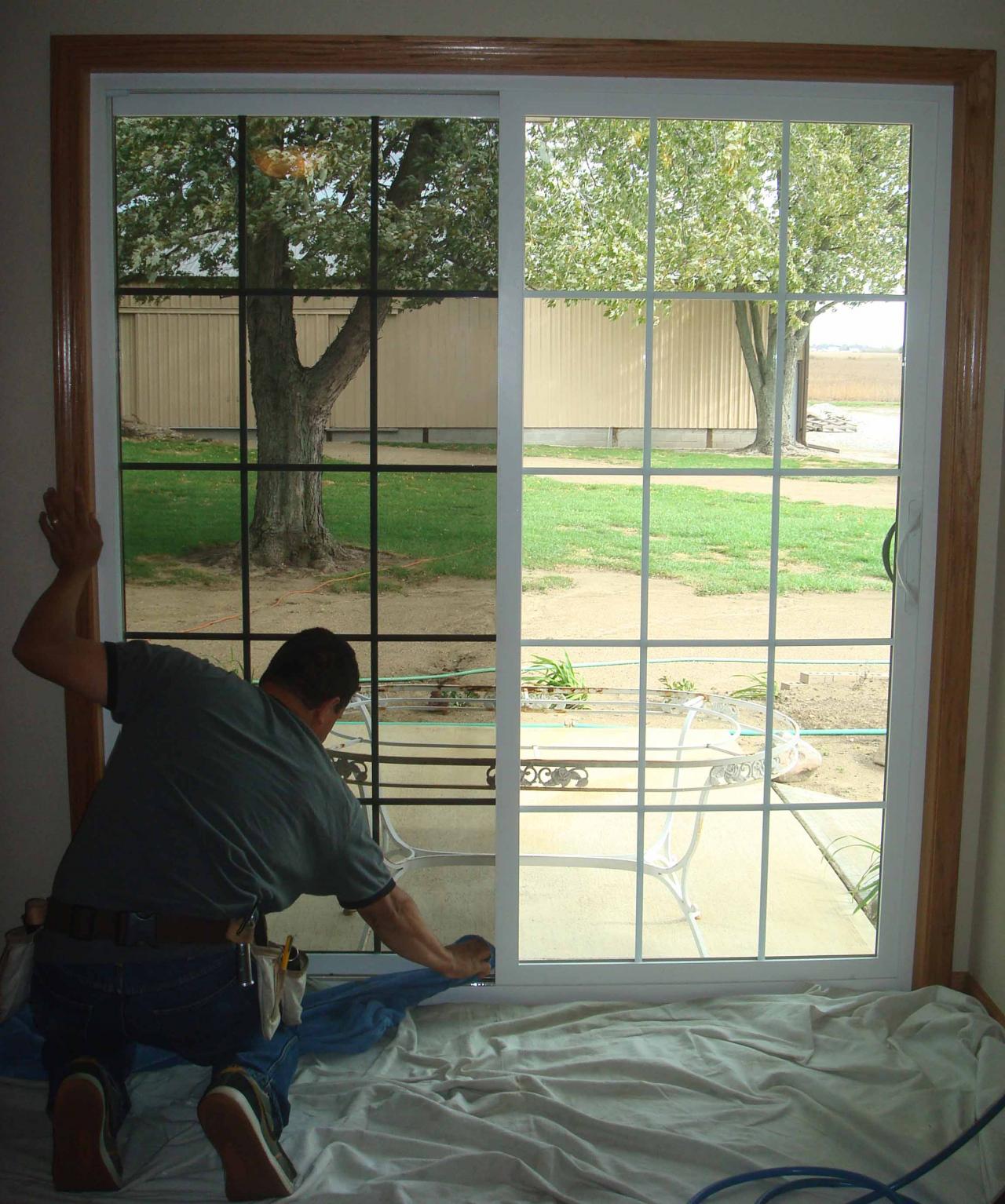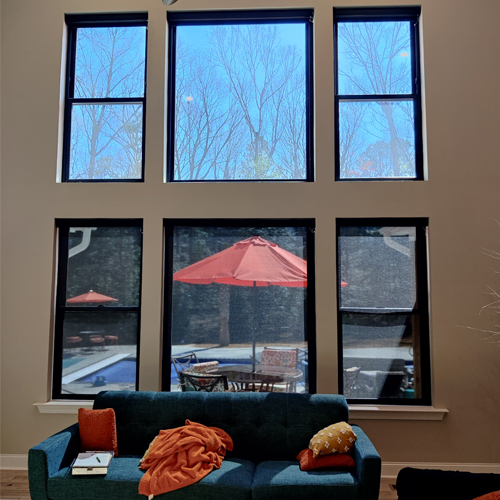Just How Residential Window Tinting Improves Your Home's Power Effectiveness
Residential home window tinting provides an engaging remedy for home owners seeking to boost energy performance within their space. By using specialized films to home windows, it efficiently reduces heat transfer, consequently stabilizing interior temperature levels and minimizing the requirement for too much heating or air conditioning. This not only curtails power consumption however additionally offers a more comfortable setting by reducing glow. Comprehending the subtleties of just how tinting works and selecting the proper type for your home can be critical. Strangely enough, what elements should one think about before making this investment?
Understanding Window Tinting
Understanding home window tinting is essential for property owners seeking to improve both convenience and power performance in their living rooms. Residential Window Tint. Window tinting includes the application of a thin film to the interior or exterior surface area of glass windows. This film can substantially modulate the amount of sunlight and heat that enters a home, thus influencing indoor environment problems
There are numerous kinds of home window tinting films available, each with distinct buildings. Colored movies take in solar energy, while reflective films disperse it away from the glass surface area. Ceramic films supply an equilibrium of visibility and warm rejection, making them a prominent option among home owners. The efficiency of window tinting is frequently measured by its Visible Light Transmission (VLT) percent, which indicates how much light can travel through the movie.
Advantages of Energy Effectiveness
Window tinting not only boosts visual appeals yet also plays a considerable duty in enhancing power performance within property spaces. By minimizing warmth transfer with windows, tinted films develop a more steady interior climate, which can cause significant reductions in power consumption for heating and air conditioning. This energy effectiveness converts right into lower utility bills, offering home owners with substantial lasting financial savings.

Furthermore, home window tinting boosts the convenience of living areas. By minimizing glow and blocking hazardous UV rays, tinted windows develop a more pleasurable setting, which can bring about enhanced well-being for passengers. The protection versus UV rays additionally aids protect furnishings and flooring from fading, adding to the durability of household things.
How Tinting Functions
Tinting films run through a combination of advanced products and modern technologies designed to manage the amount of solar power getting in a home. Mostly composed of polyester, these films usually integrate metallic or ceramic fragments that absorb and mirror warmth. This double capacity permits them to dramatically minimize the penetration of ultraviolet (UV) rays and infrared radiation while permitting noticeable light to travel through.
The efficiency of home window tinting is measured by its solar warm gain coefficient (SHGC), which indicates just how much solar energy is transferred via the home window. Lower SHGC values are more effective as they represent higher warmth denial. Furthermore, window tints can feature a range of shades, allowing house owners to personalize their visual preferences while boosting energy performance.
Additionally, these movies function as a barrier, website here preventing warmth loss during chillier months by mirroring indoor warmth back right into the living area. This thermal insulation impact enhances the cooling advantages obtained during warmer months, adding to a balanced interior climate year-round. By handling solar power efficiently, household home window tinting not only enhances convenience yet also plays an essential function in reducing power intake and lowering energy bills.
Choosing the Right Color

There are numerous kinds of home window films readily available, including colored, metalized, and ceramic. Dyed films are cost-effective however might have restricted sturdiness. Metalized movies offer better heat being rejected but can interfere with digital signals. Ceramic movies offer excellent warm control without jeopardizing presence and are highly resilient, making them a preferred selection.
Visible light transmission (VLT) is another critical factor, as it indicates the amount of all-natural light that can travel through the colored glass. Home owners should select a color with a VLT that enhances their lights choices while still giving ample glow decrease.
Furthermore, examining the solar warm gain coefficient (SHGC) can assist figure out exactly how well a tint can obstruct warmth from sunshine. A reduced SHGC suggests much better heat control, ultimately boosting power performance.
Setup and Maintenance Tips
Correct setup and upkeep are important parts in maximizing the benefits of residential home window tinting. Specialists additionally utilize specialized tools and strategies, which can boost the sturdiness and performance of the color.
Following setup, upkeep is vital to lengthen the life of the window movie. It is advised to wait at least thirty day before cleaning up the tinted home windows to permit the adhesive to cure completely. When cleansing, use a soft cloth and a gentle, ammonia-free cleaner to prevent harming the movie. Stay clear of unpleasant products that could scratch the surface.
Attending to these problems quickly can avoid further damages and preserve power performance. By sticking to these setup and maintenance pointers, home owners can ensure their home window tinting proceeds to offer significant power cost savings and comfort for years to come.
Verdict
To conclude, household home window tinting acts as a reliable option for enhancing energy efficiency within homes. By reducing warmth transfer and blocking hazardous get more UV rays, home window films add to reduce power usage and improved interior comfort. The option of ideal tinting products, along with appropriate installation and upkeep, further optimizes these advantages. Ultimately, home window tinting stands for a sustainable financial investment that not only lowers energy expenses but additionally promotes a comfortable living setting throughout the year.
Window tinting includes the application of a slim movie to the interior or exterior surface of glass windows. By reducing warm transfer with home windows, colored films create an extra stable indoor environment, which can lead to substantial reductions in energy anchor usage for heating and air conditioning.The performance of window tinting is determined by its solar warm gain coefficient (SHGC), which suggests just how much solar power is transmitted through the window. By handling solar power properly, residential window tinting not only improves comfort however likewise plays a crucial function in minimizing power consumption and lowering energy costs.
By lowering warm transfer and obstructing harmful UV rays, window movies add to decrease energy intake and enhanced indoor comfort.